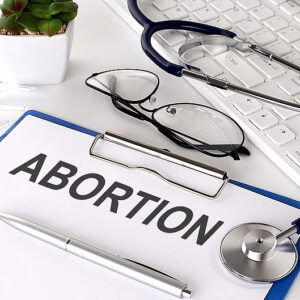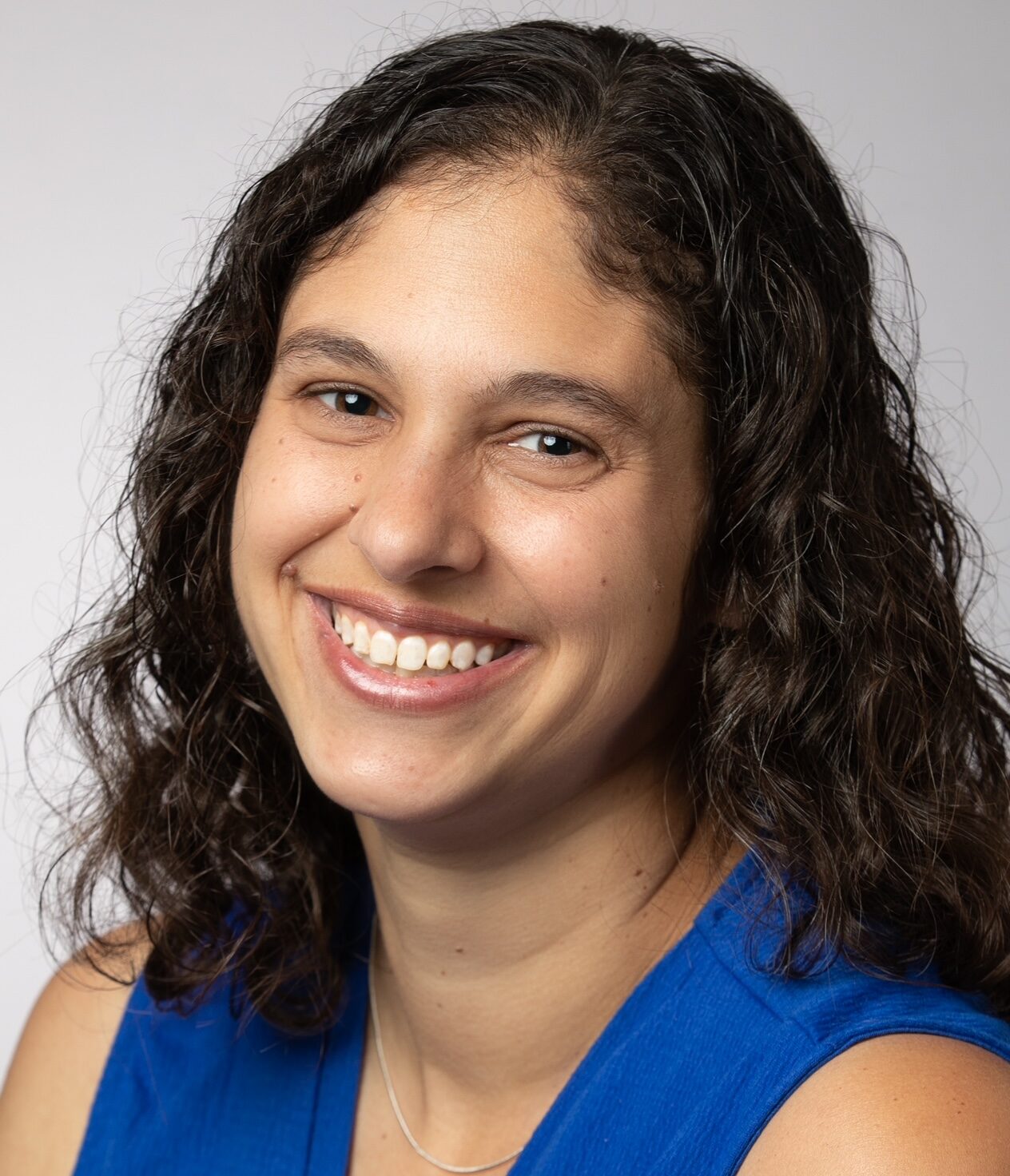Four years ago, a doctor performed a lifesaving dilation and curettage, or D&C, to remove my daughter Lucy from my womb. I’m grateful for the doctor’s decisive actions because Lucy’s presence threatened my life, and I’m grateful for his caring, compassionate approach before, during and after the operation.
You’re probably familiar with a D&C, performed on about three-quarters of babies aborted in the first trimester. It’s also used for removing babies previously deceased due to miscarriage, as was the case with Lucy.
Unfortunately, since the Supreme Court overturned Roe v. Wade, American women have been lied to about the stark differences between D&Cs that save a mother’s life by removing a deceased baby and those that purposely end a baby’s life. They’re both technically related to abortions — but one helps a woman whose miscarriage (medically, a “spontaneous abortion”) is, under normal circumstances, outside of her control. The other is intentionally ending a life.
The media’s horror stories portray doctors as too scared to perform lifesaving D&Cs on women like me who have miscarriages. We are told they fear persecution by insensitive, power-hungry politicians who want nothing more than to control women. But no doctor should be scared of doing their job in line with the Hippocratic Oath, which vows to “do no harm.”
Like the best lies, the D&C narrative has some basis in truth. D&Cs are used in spontaneous and elective abortions involving a child dying in the womb. Of course, that narrative ignores the vast differences between intention and outcome.
Ironically, however, there is another similarity between elective and spontaneous abortions that the abortion industry wants to hide: both circumstances can cause deep, lasting pain and trauma for women.
Pain and suffering after miscarriage is becoming more acknowledged and understood. I experienced severe depression after four miscarriages. I was barely present to my four living children (I now have five) and husband for months. But nobody denied my pain, and my therapist and community helped me to find healing and move forward.
A new study shows that many of the emotions present after spontaneous abortions are also carried by women who choose abortion. Support After Abortion has conducted the first nationally representative survey of women who have gone through medication abortions and discovered that one in three women struggle afterward. Adverse effects include but are not limited to anger, isolation, depression and anxiety.
I couldn’t have moved forward without the support of family, friends, faith and a professional therapist. But the Support After Abortion study makes clear that while 33 percent of women keep their medication abortions private, 63 percent of women either sought after-abortion help or said they could have benefited from talking to someone. Unfortunately, just 18 percent of women in the study knew where to go for after-abortion healing.
The final lie in the D&C narrative is that pro-lifers don’t care for women who consider or have abortions. But the world’s leading pro-life organization is the Catholic Church, which for years has run abortion healing programs and retreats to help men and women achieve after-abortion healing. I know the love in these programs because I volunteered at one and saw firsthand the freedom both women and men experienced as they allowed themselves, sometimes for the first time in decades, to be loved and to see themselves as deserving of God’s love.
Without a D&C, I may not be here today. But that’s because my doctor used the procedure to safeguard, not take, a life. The abortion industry’s lies are many, and one of the worst may be fooling women into conflating saving a life with ending it.


